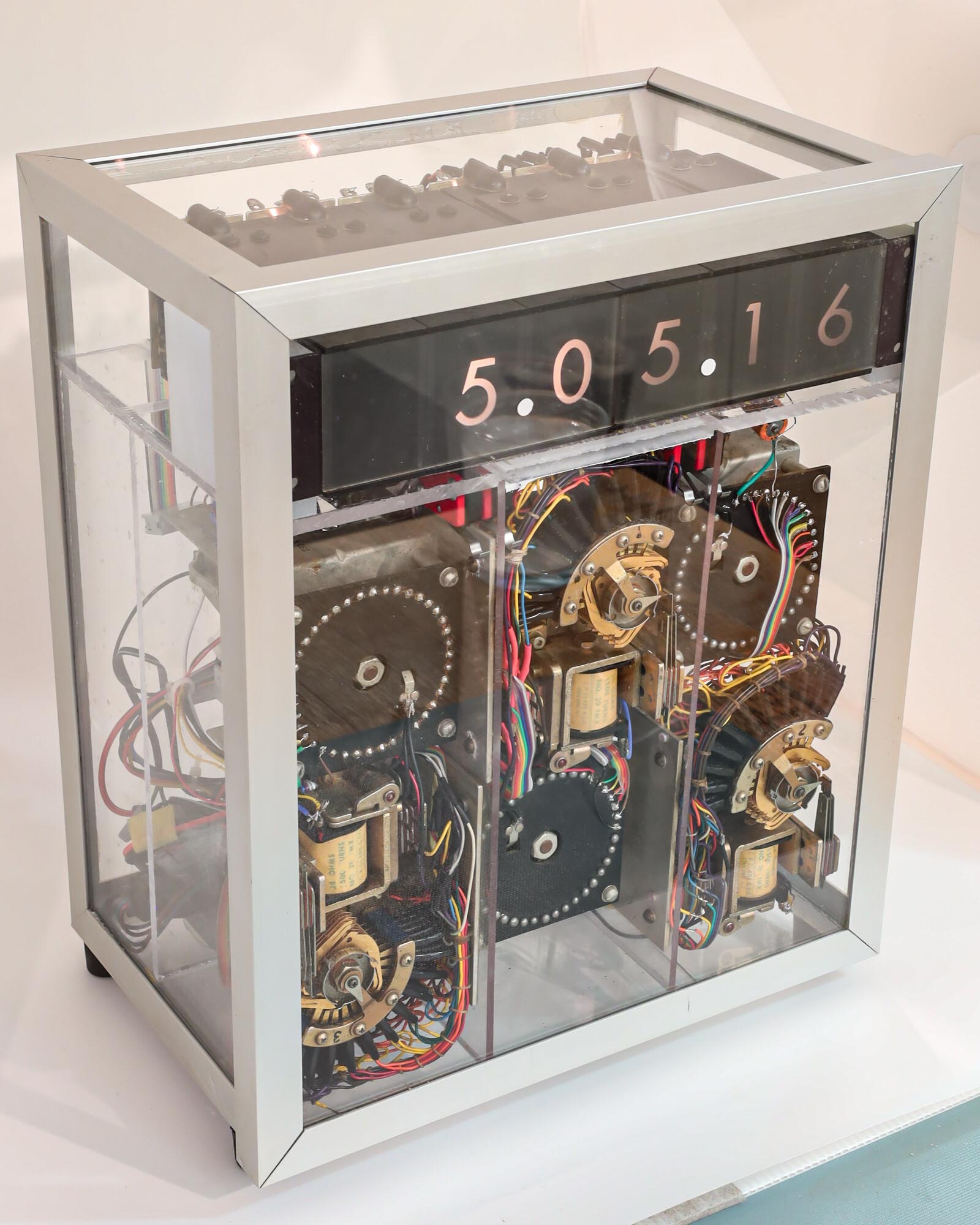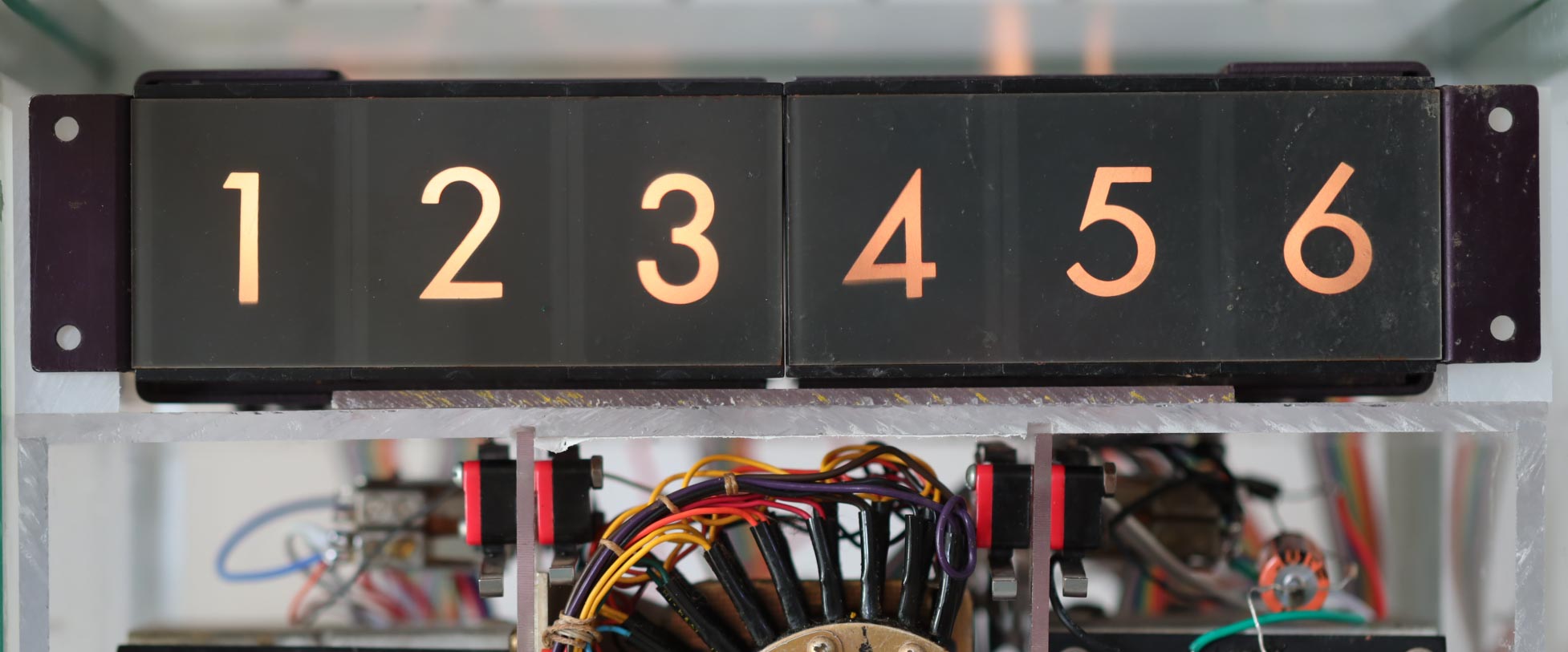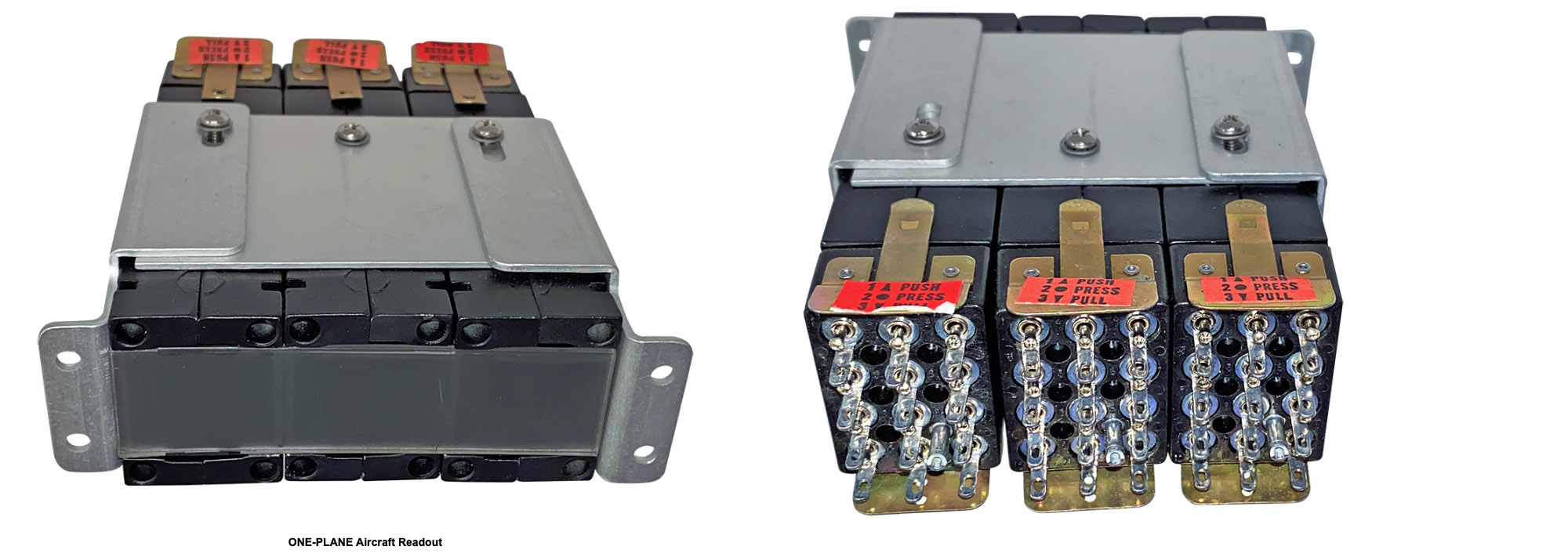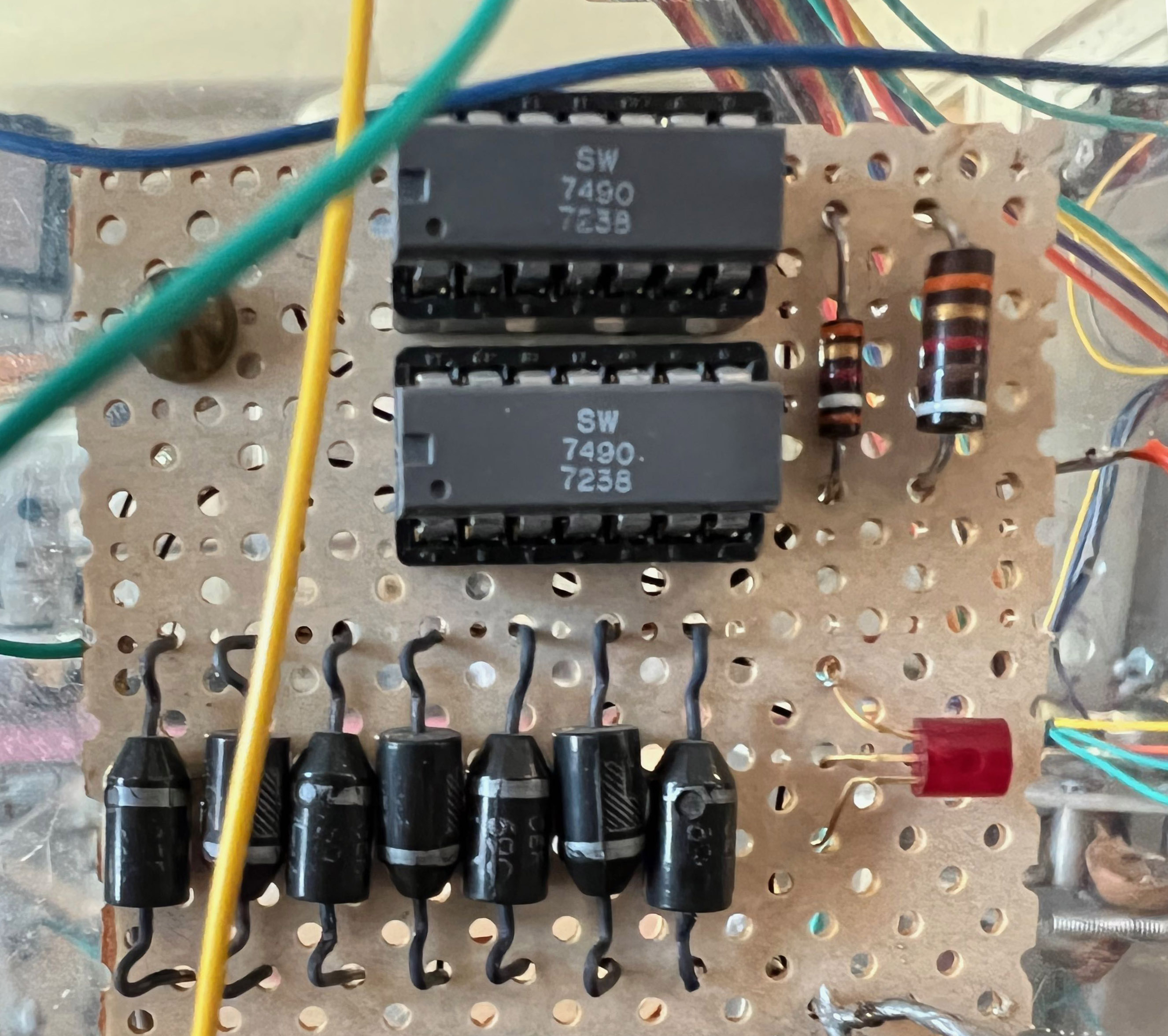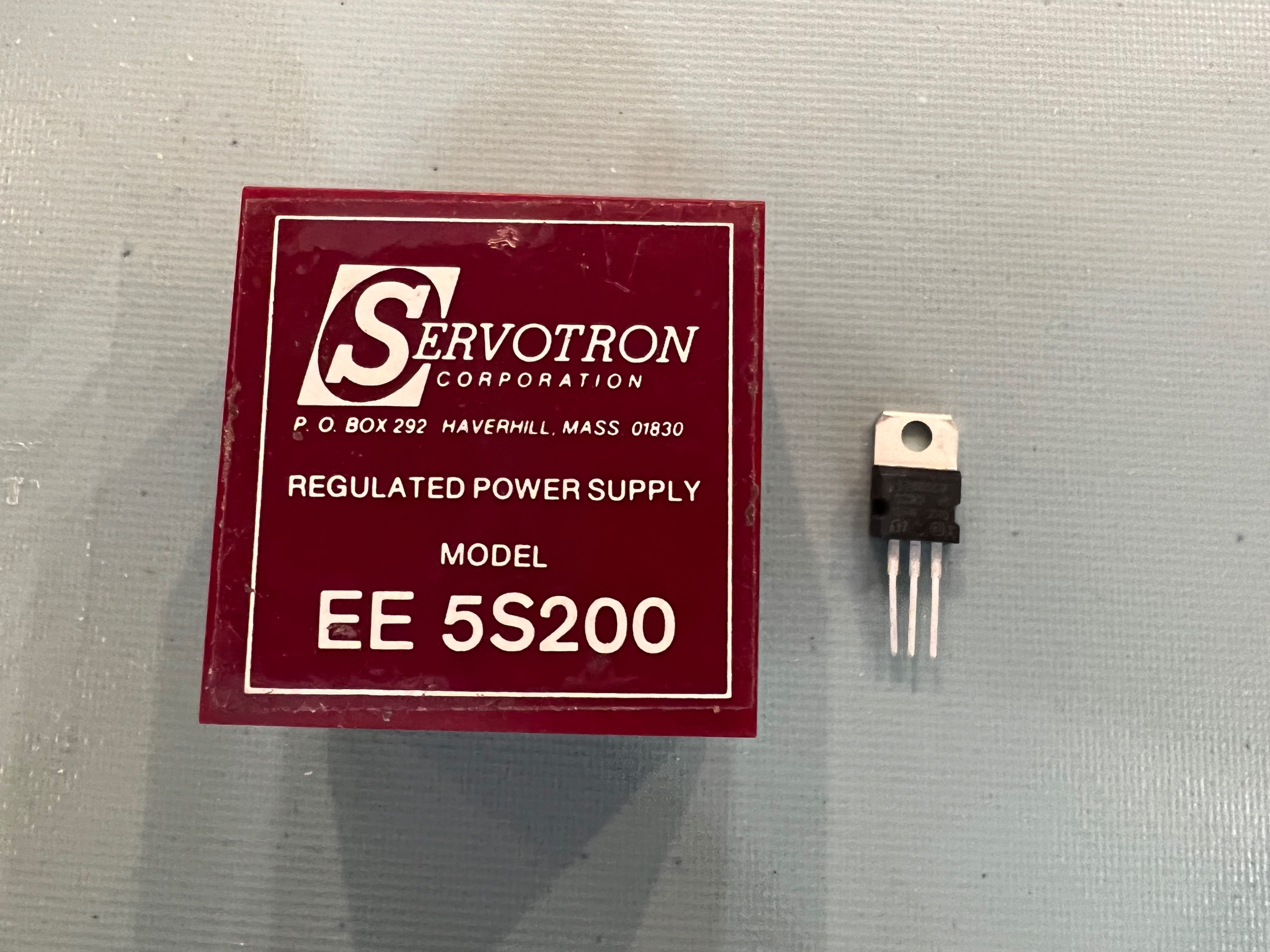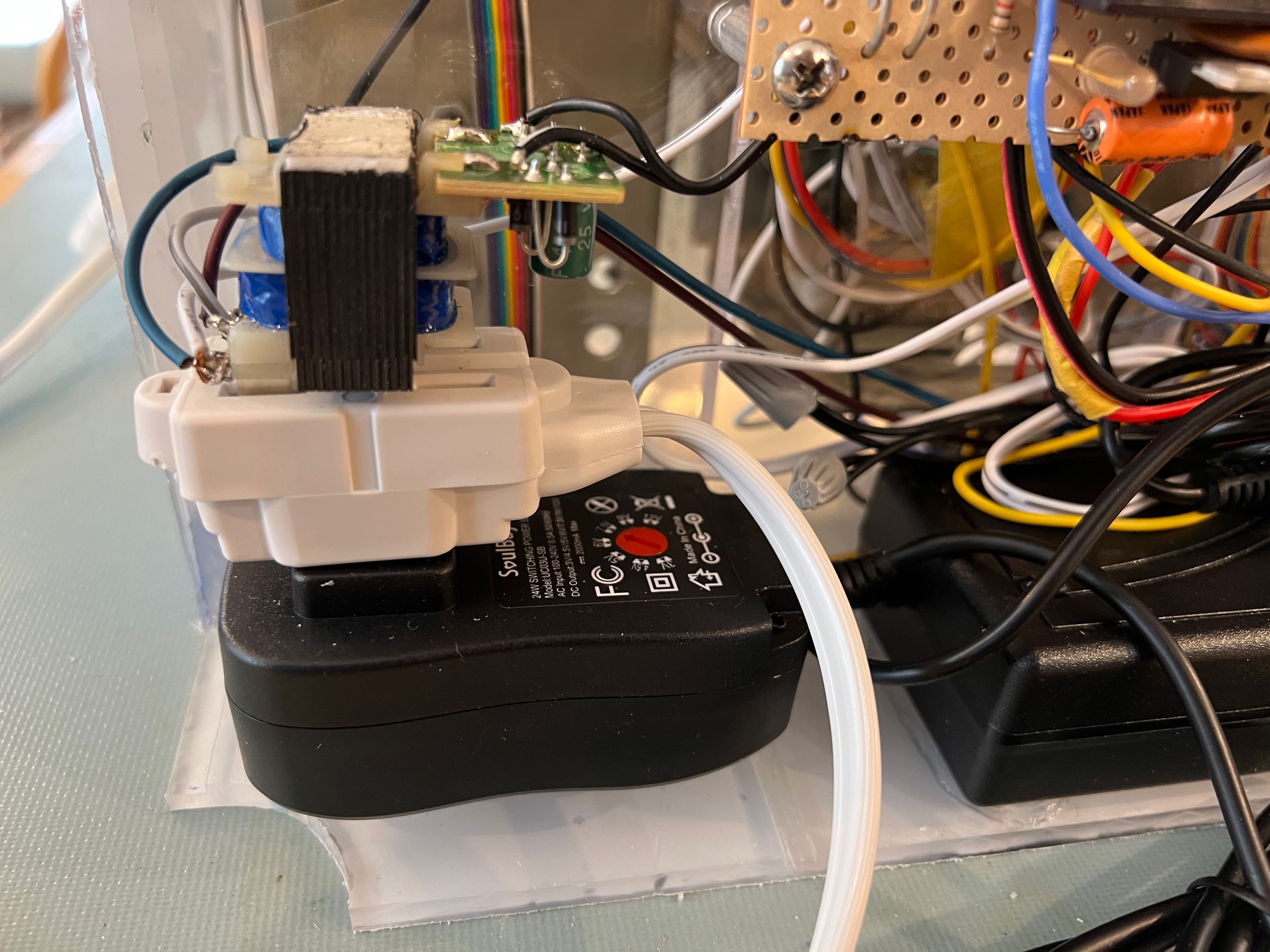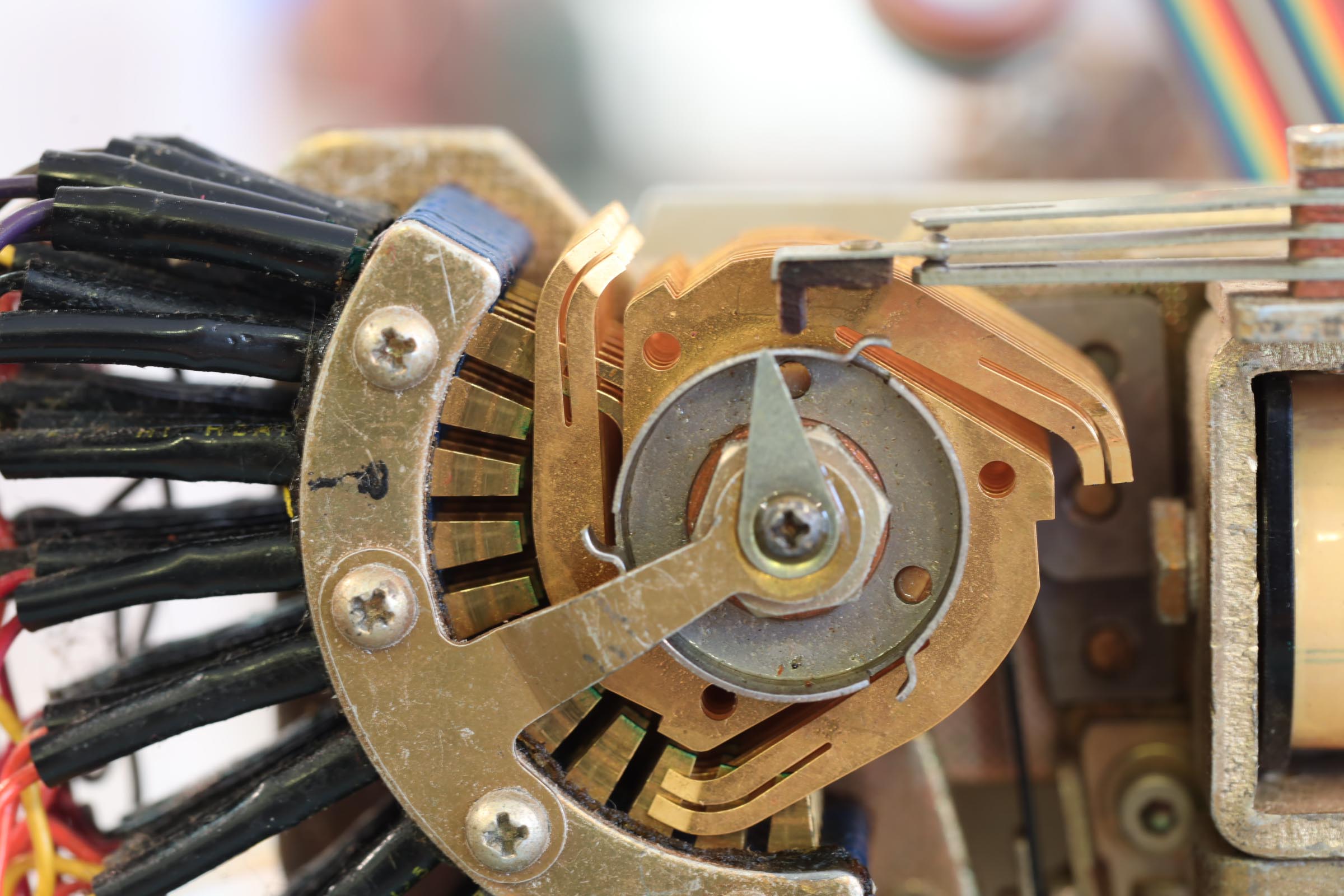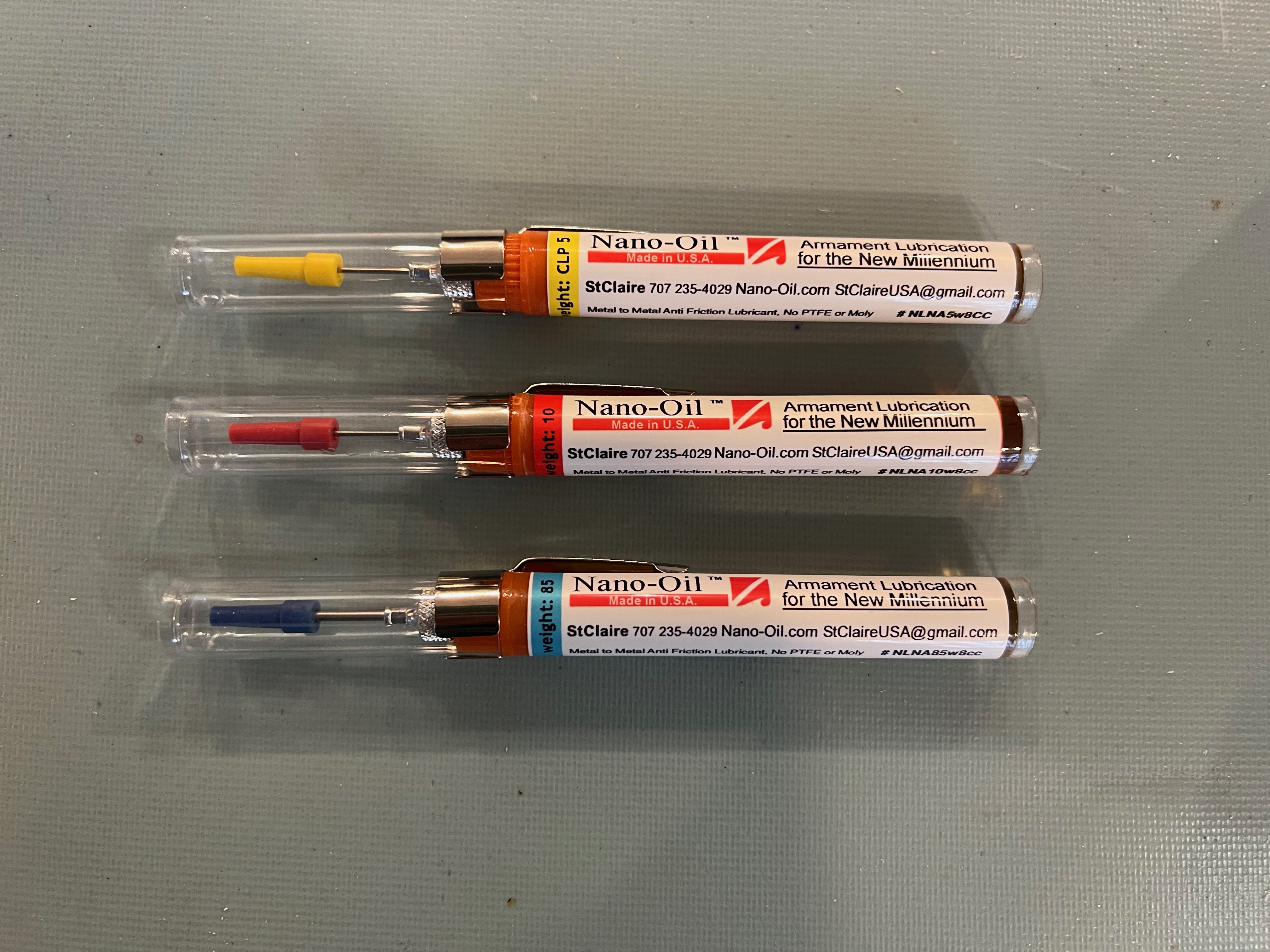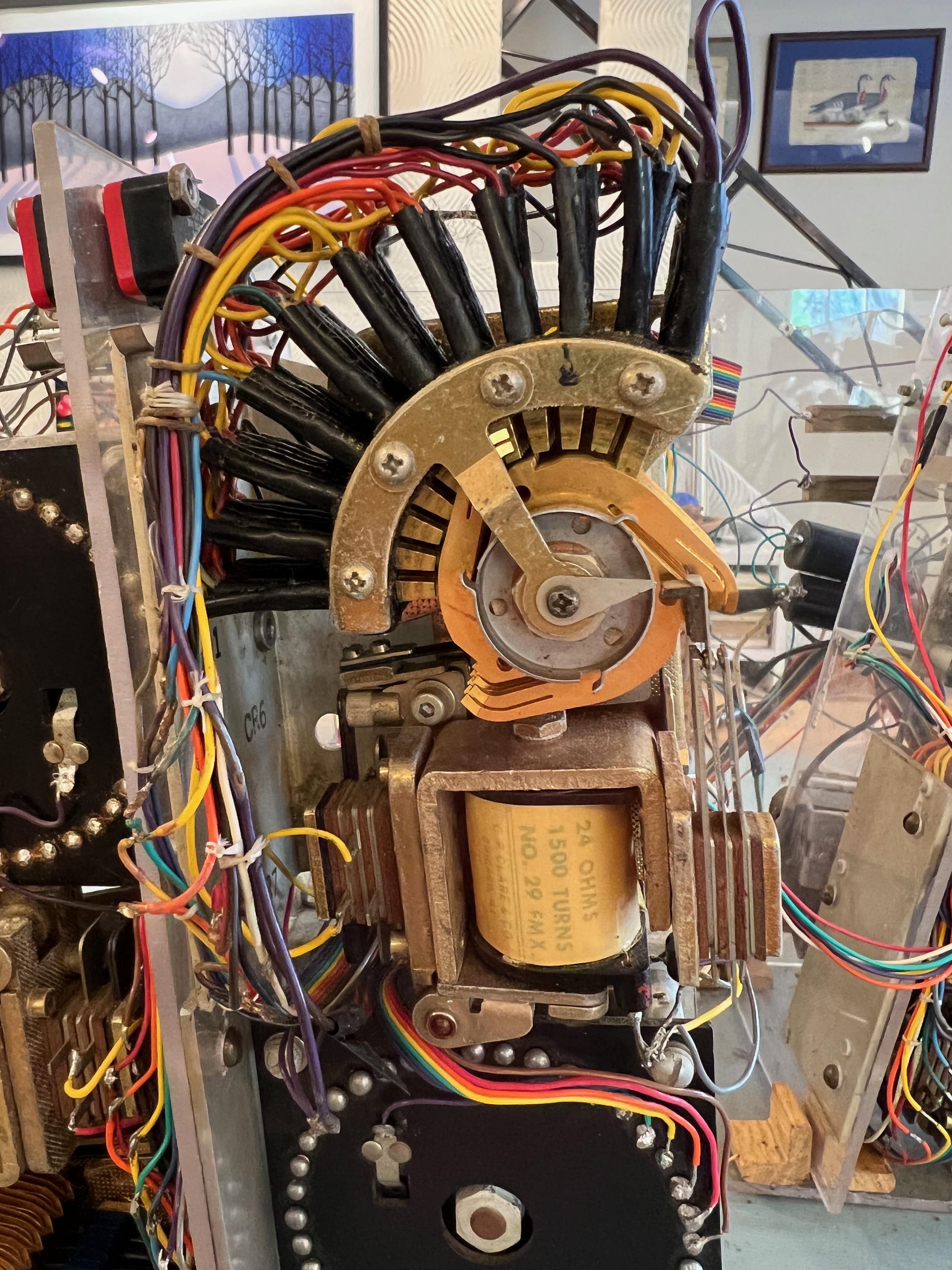I headed to the northernmost point of my eclipse path survey, to Poppy’s Pointe, an RV park with cabins on Buchanan Lake. It reminded me, not pleasantly, of a place we had stayed along the Ontario shore of Lake Superior
As I drove in and located the office, I was met by a man in a golf cart. I asked if he was the owner—no he was the maintenance guy, but he could take me to her, get in. I got into the cart and he drove about 100 feet to her trailer. She seemed a little annoyed but took me to her office in her golf cart, about 150 feet back from where we had just come.
I eventually told her about the eclipse in 2024. She said she was contracting the whole place to someone, they just had to agree on a price. She also told me that she had been getting calls for four years. The property is 750 feet from the eclipse centerline. This was the moment when I realized that despite being here two years ahead, I was already too late!
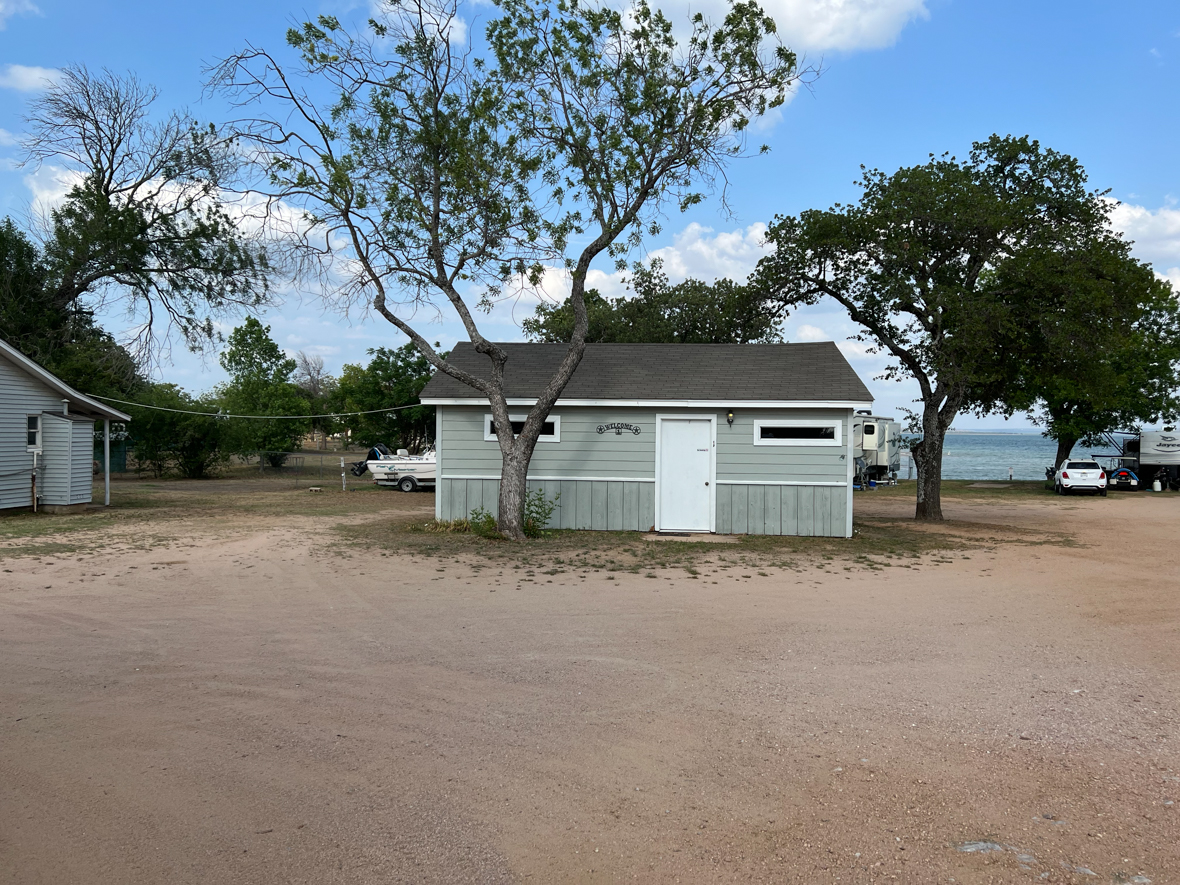
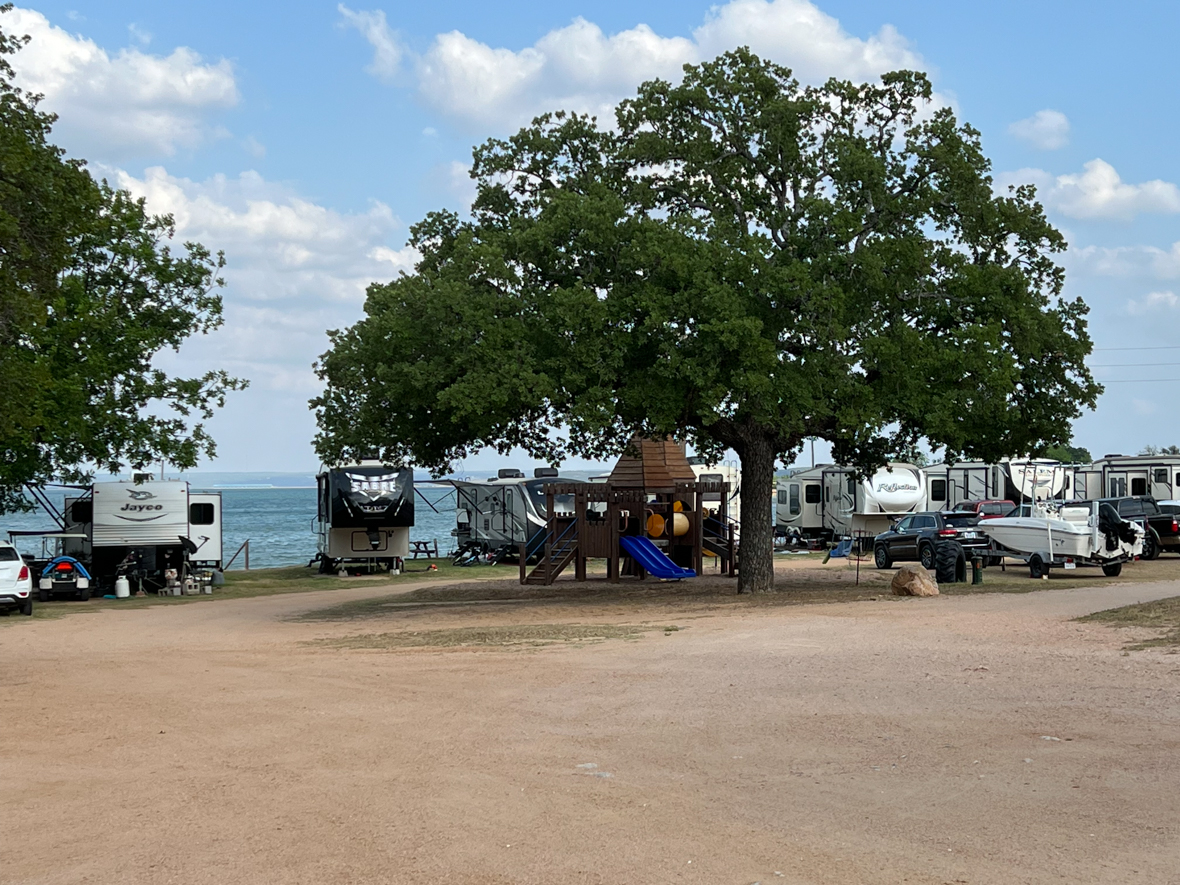
Poppy’s Pointe is a private RV park. There are some other parks on Buchanan Lake which for some reason were not on my list to stop and visit. I wish I had, because Black Rock Park also has camping (tents and RVs) and cabins. It is part of the LCRA Parks system (Lower Colorado River Authority). From their website, it looks like the reservation system goes one year out.
There are numerous other resorts around Buchanan Lake. Check Google Maps to find them; It may be possible to book them for the eclipse.
Continue reading

